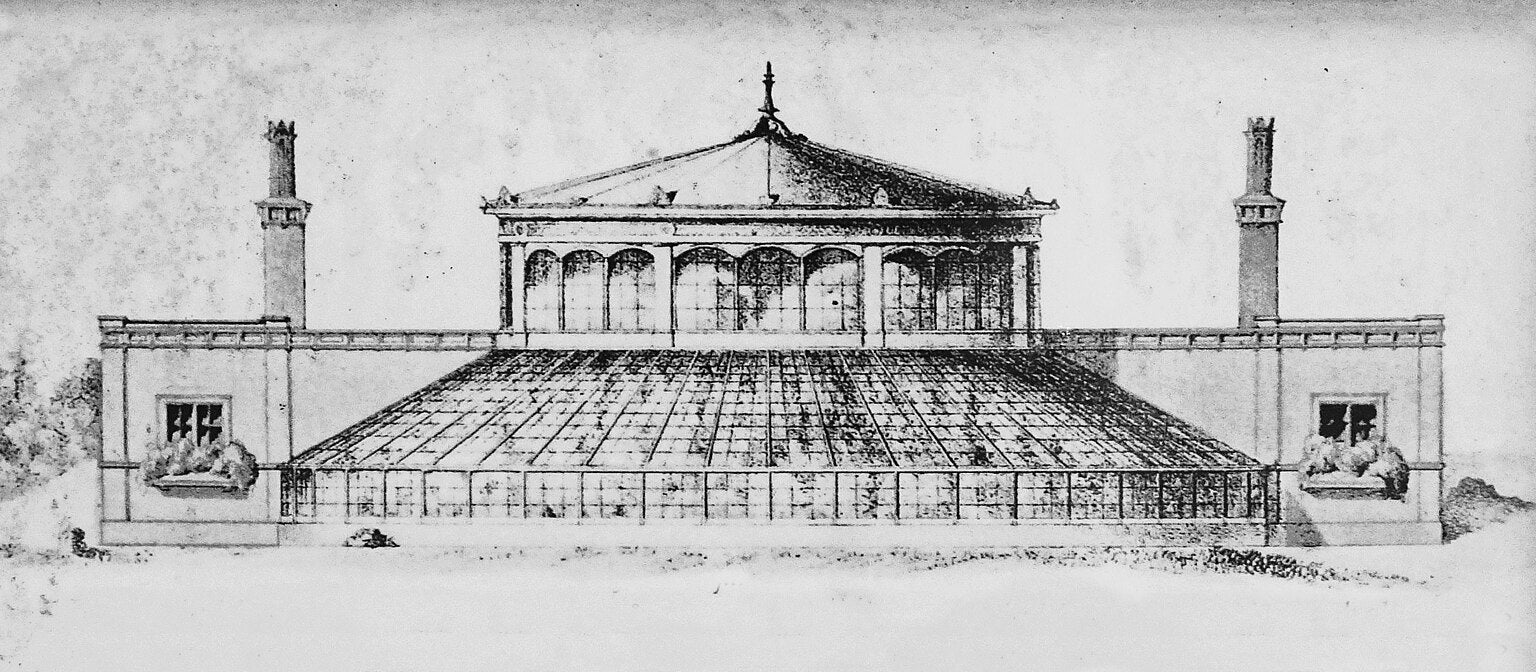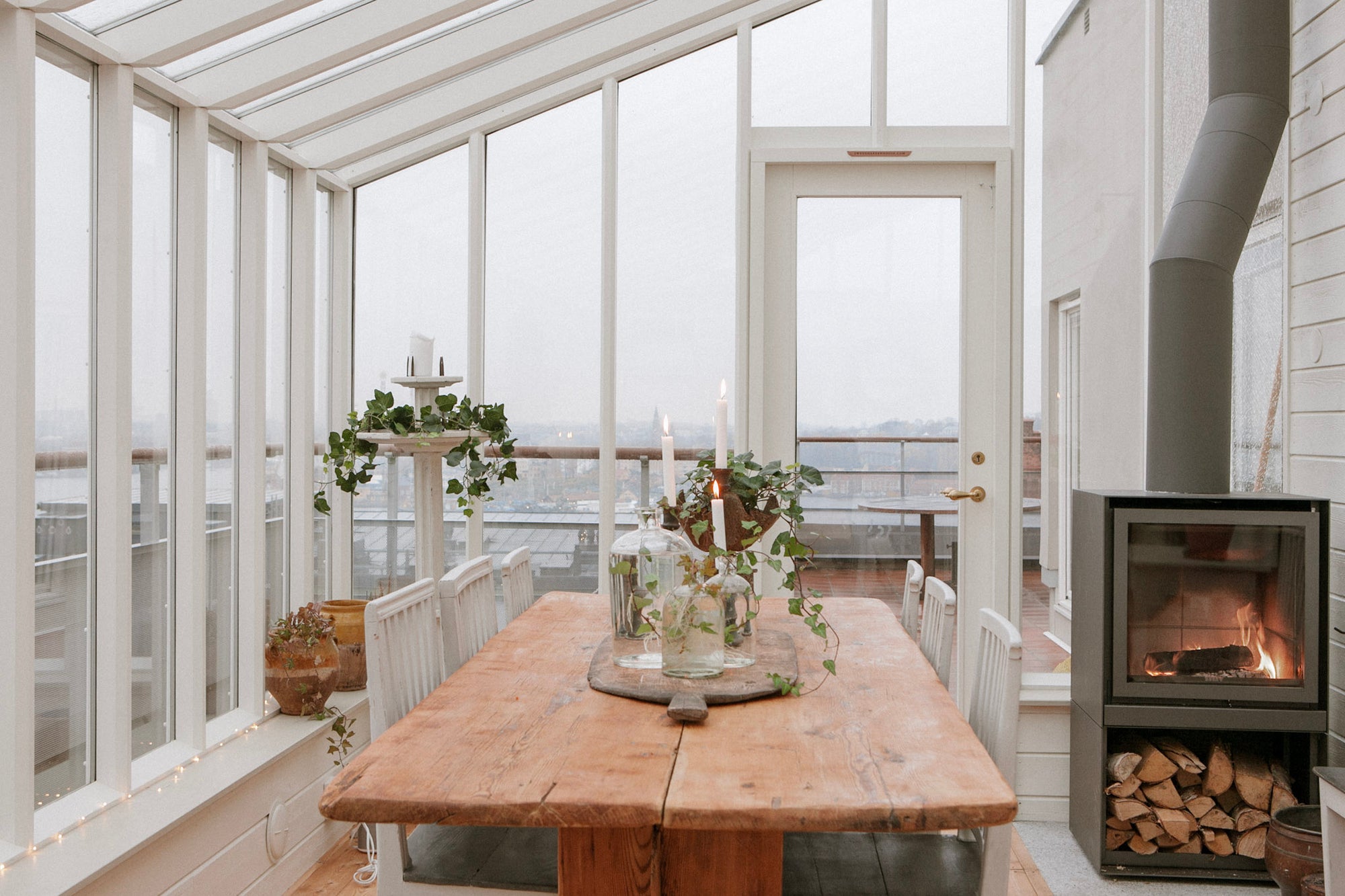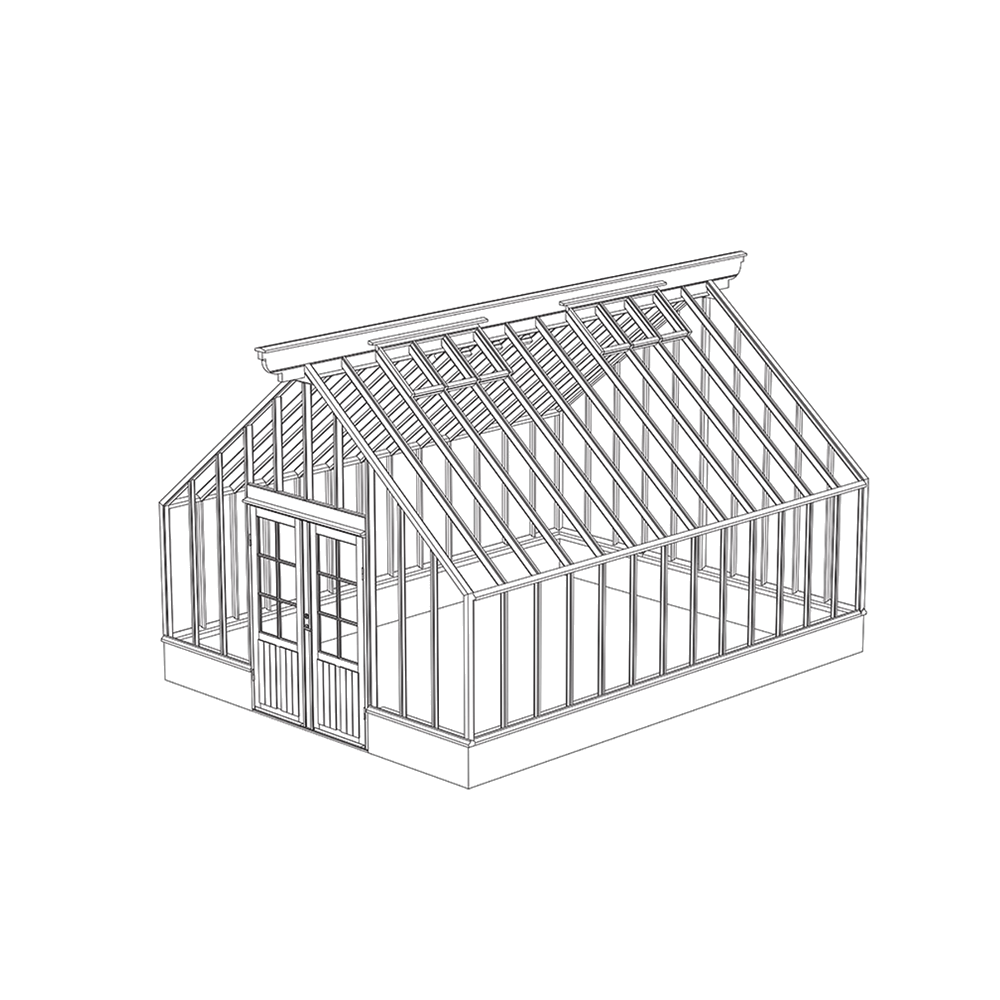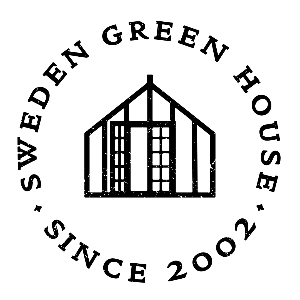During the 17th and 18th centuries, orangeries became a common feature of Swedish castles. They were often lavish buildings, placed centrally in the garden and designed by the leading architects of the time. The buildings had large glass sections to the south to allow maximum light, while the north, east and west sides were often bricked up to keep the heat in. Heating was provided via hot air ducts or water pipes in the walls and floors, which made it possible to overwinter sensitive plants such as orange, lemon and laurel trees. During the summer, the plants were moved out into the garden, and the orangery became a place for dining and socialising.
 Classic
Classic Contemporary
Contemporary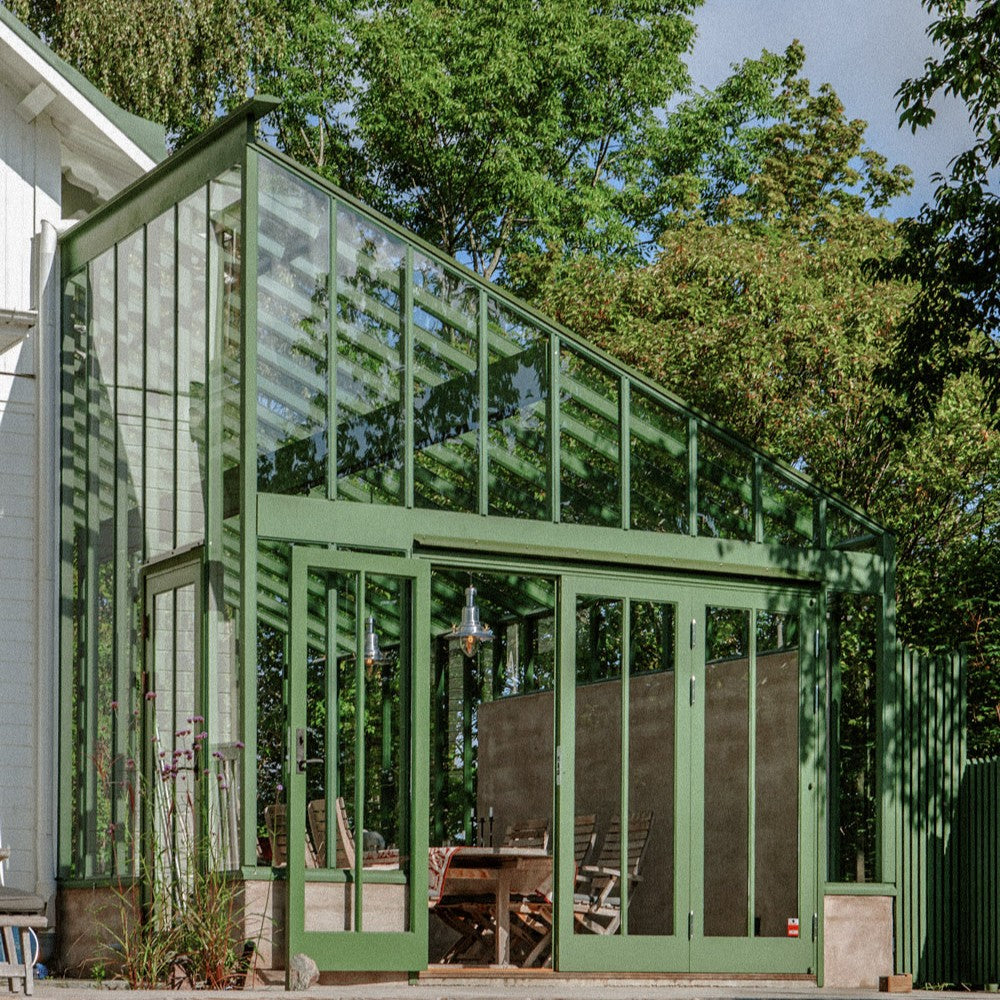 Specially designed
Specially designed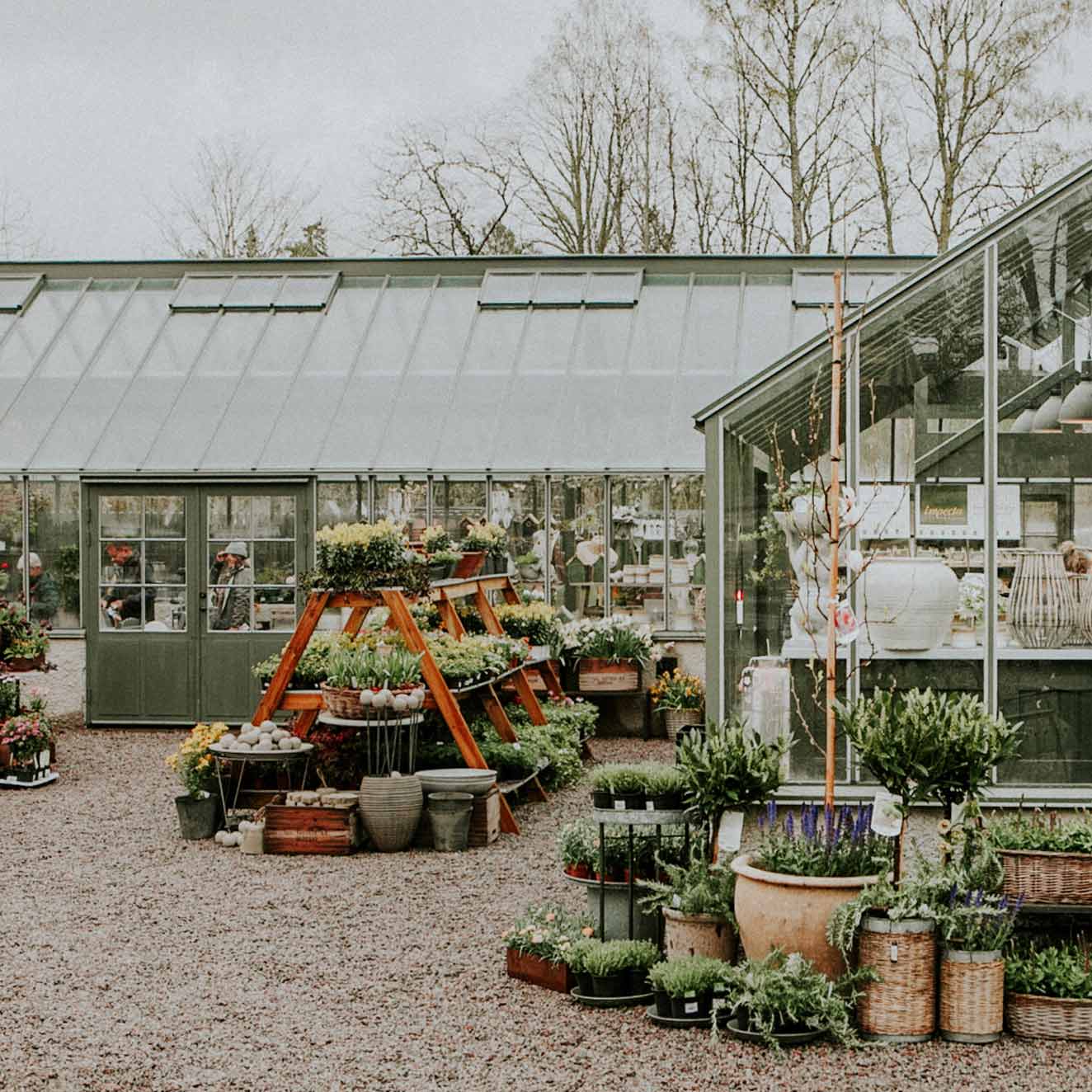 Public
Public




